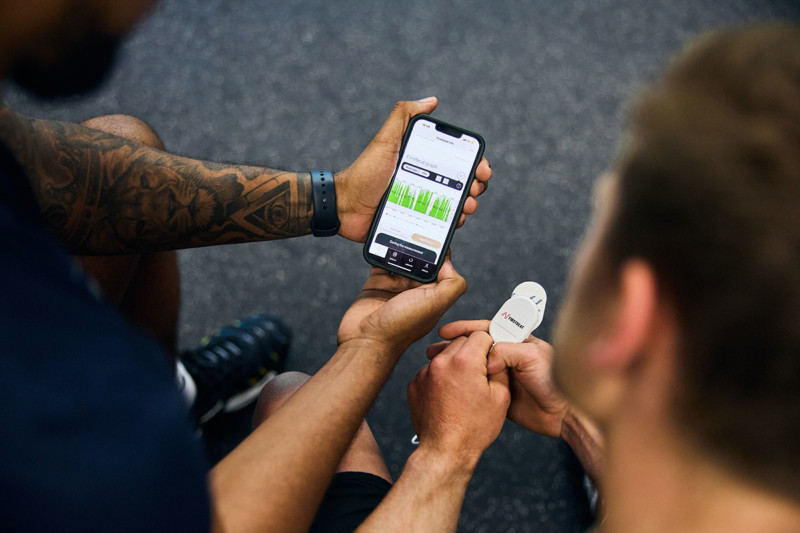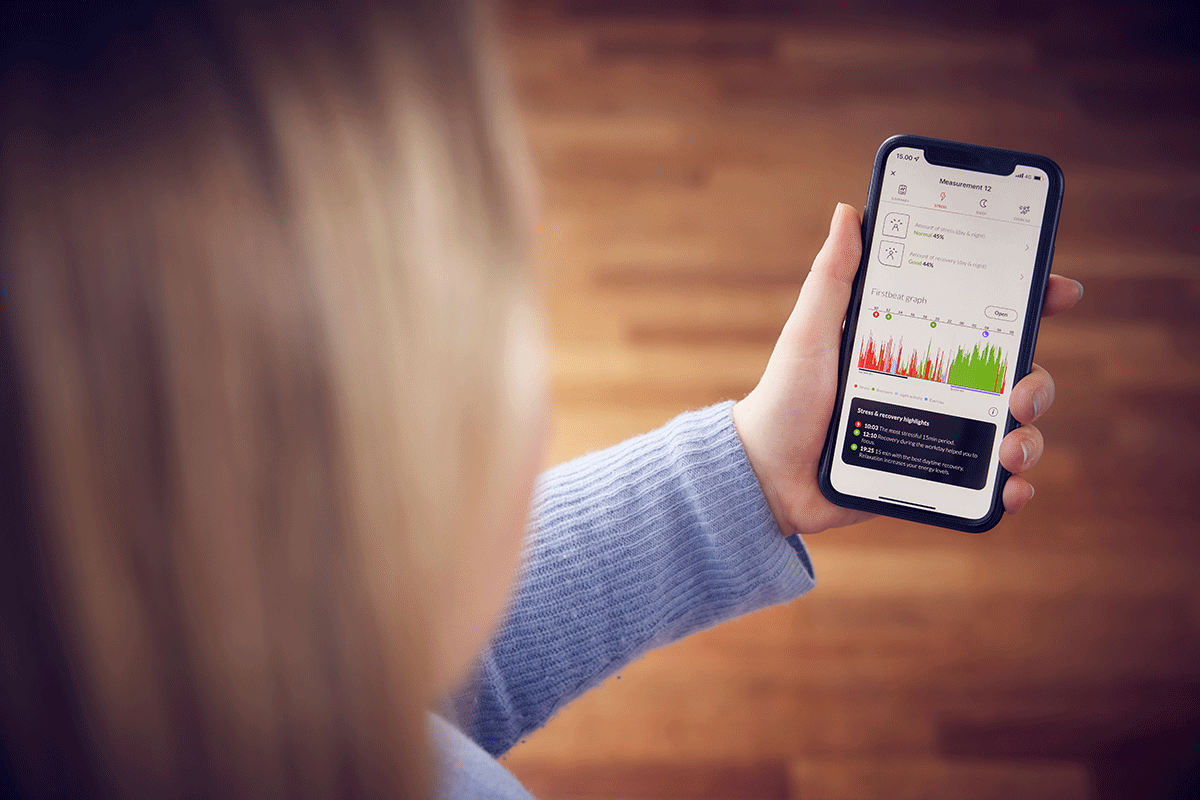
Since coronavirus began spreading across the world in early 2020, we have made substantial changes to our everyday lives, from the way we work, to our leisure time and daily routines. All these factors have inevitably affected our way of life.
New science-backed data from the Firstbeat database* analyzed between 2017-2022 shows that remote working has changed everyday life, but not always for the better. The data insights reveal that:
- People sleep later in the mornings when working remotely, and overall sleep duration has increased to a level last seen in the 1990s, but remote work can threaten a good night’s sleep if people work later into the evening.
- When working remotely, stress levels are higher, especially during the day.
- We are less physically active working from home compared to when working in an office.
- Inactivity increased during the pandemic; however, this trend has started to improve since late spring of 2022.
The data reveals three stress peaks during the day; in the morning, afternoon, and later in the evening. The late evening stress peak during the working week is problematic because it’s so close to bedtime. Remote working might be one of the reasons contributing to these late-night peaks as it can be more tempting to continue working outside of office hours when working from home.
* The findings presented consist of data from 270,000 clients and a million measured days between 01/2017 and 05/2022.
Firstbeat Data Reveals Inactivity as a Downside of Remote Working
With the easing of coronavirus restrictions, many people’s daily lives are now built around hybrid working models. This allows us to combine the best aspects of remote working and working in a face-to-face environment. Remote opportunities are now also more common than before in everyday services and leisure activities.
Firstbeat’s database shows that for remote workers, there is more time left to sleep, which allows for better recovery. On the other hand, the amount of physical activity we do when working from home is clearly less, and our stress levels during the day are higher when compared to a face-to-face environment. (Figure 1).
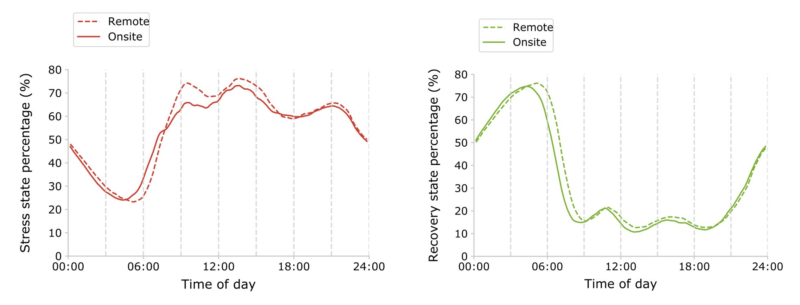
Figure 1: Amount of stress and recovery on remote working and in-person office days.
During the pandemic, the number of very passive working days, where people take less than 1,000 steps per day increased dramatically, but the results for spring 2022 show a turnaround towards a more normal pattern. (Figure 2).
“Long-term inactivity has been shown to be harmful. When your physical fitness deteriorates, it can begin to eat up your stress tolerance and ability to recover. Low levels of physical activity impair performance and significantly increase the risk of various lifestyle-related illnesses. Hopefully, the spring 2022 trend in physical activity will continue,” emphasizes Tero Myllymäki, Firstbeat’s Head of Physiology Research.
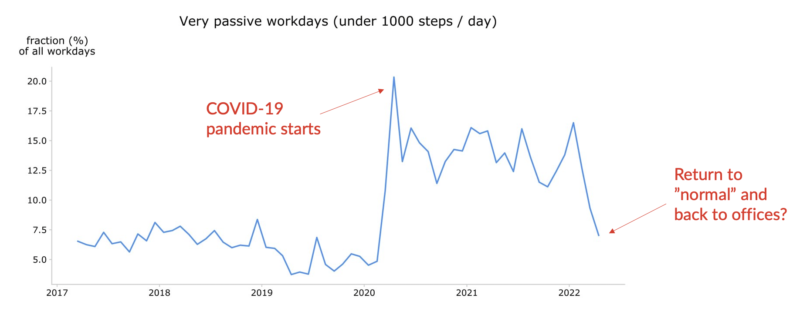
Figure 2: Number of very passive working days (less than 1000 steps per day) in 2017–2022.
Late-Evening Stress Peak Threatens a Good Night’s Sleep
The more stress and strain a person has, the more recovery is needed. The most important period for recovery is sleep, but good sleep is built upon the choices we make during the day.
The data shows that on weekdays, there is a stress peak in the morning, afternoon, and late evening (Figure 3). On weekends, the most obvious stress peak is seen at the end of the evening.
“The third daily stress spike is close to bedtime, during the very hours that are most important for quality sleep. Of course, the evening might also include positive activities, such as exercise, but because of remote working patterns and the ability to stay connected 24/7, many people continue to work until the end of the evening. The heavy evening load challenges the body’s ability to calm down and start recovering,” Myllymäki continues.
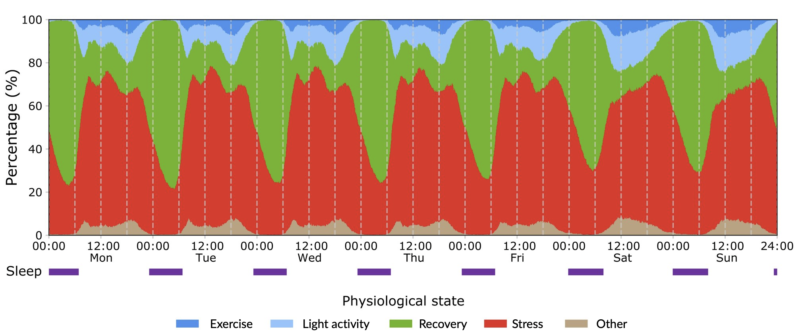
Figure 3: Weekly rhythm of stress and recovery. The red color reflects the load on different days.
According to the Firstbeat database, especially in the early stages of the pandemic, sleep duration was significantly prolonged (Figure 4), which increased the amount of recovery per day. However, during spring 2022, we have noticed a downward trend in the amount of recovery, and this is a trend that we need to address and pay attention to.
“People don’t always recognize what is causing them to be stressed. Although remote working can be more flexible, it’s easy to just keep going and forget to take breaks, for example. There is also a lack of variety in remote workdays, and social needs can easily be ignored,” says Tiina Hoffman, an Exercise Physiologist and Master Trainer at Firstbeat.
We Sleep and Exercise Less During the Summer
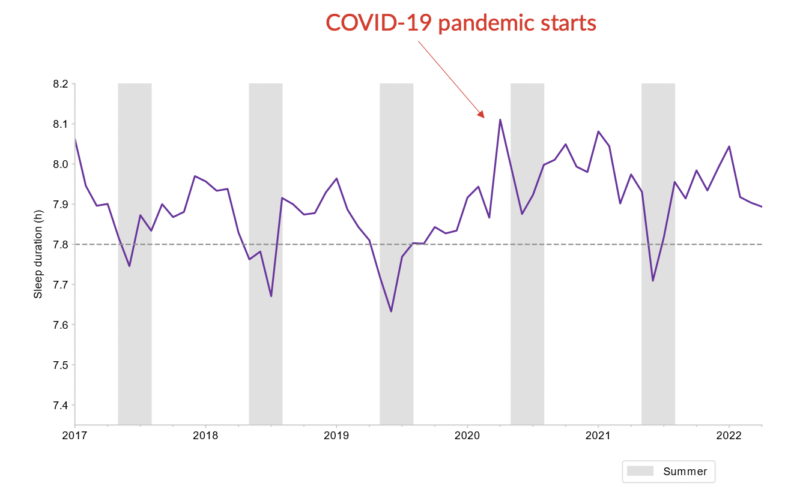
Figure 3: Weekly rhythm of stress and recovery. The red color reflects the load on different days.
Figure 4: The COVID-19 pandemic increased the amount of sleep, especially in the spring and summer 2020. The difference from previous years was significant. In the summer months, we generally sleep less than during the rest of the year.
Firstbeat’s data reveals that inadequate recovery can challenge our well-being and stamina during the holidays. For example, we sleep and move less in the summer months when compared to the rest of the year.
The summer includes a variety of events and celebrations that challenge our wellness-supporting routines. Indeed, the Firstbeat database shows that during the summer months, the duration of sleep decreases compared to the other seasons (Figure 4) and the amount of exercise is also lower. This affects our recovery.
After our typically busy work schedules, an overly full holiday calendar can fuel a lack of recovery. “Your body might crave extra recovery, but if you overbook your vacation days, there may not be enough time to relax and catch up on sleep. It’s ok to let go of strict rules and timetables but try not to turn all your routines upside down, for example when it comes to exercise, diet and alcohol consumption. Your resources and energy will be better when you return to work if you invest in your physical and mental well-being also during the holiday,” summarizes Tiina Hoffman.
More information:
Tero Myllymäki
Head of Physiology Research, Firstbeat
+ 358 40 749 7595
tero.myllymaki@firstbeat.com
Tiina Hoffman,
Master Trainer, Firstbeat
Tiina.hoffman@firstbeat.com
Note to press:
Firstbeat is the leading provider of physiological analytics and services for well-being and sports. We transform heartbeat data into personalized information on exercise, stress and recovery. Over the course of two decades, we have helped over 10,000 organizations and thousands of sports teams worldwide to reach their health and performance potential with science-backed confidence. Today, Firstbeat services are offered in more than 70 countries.


